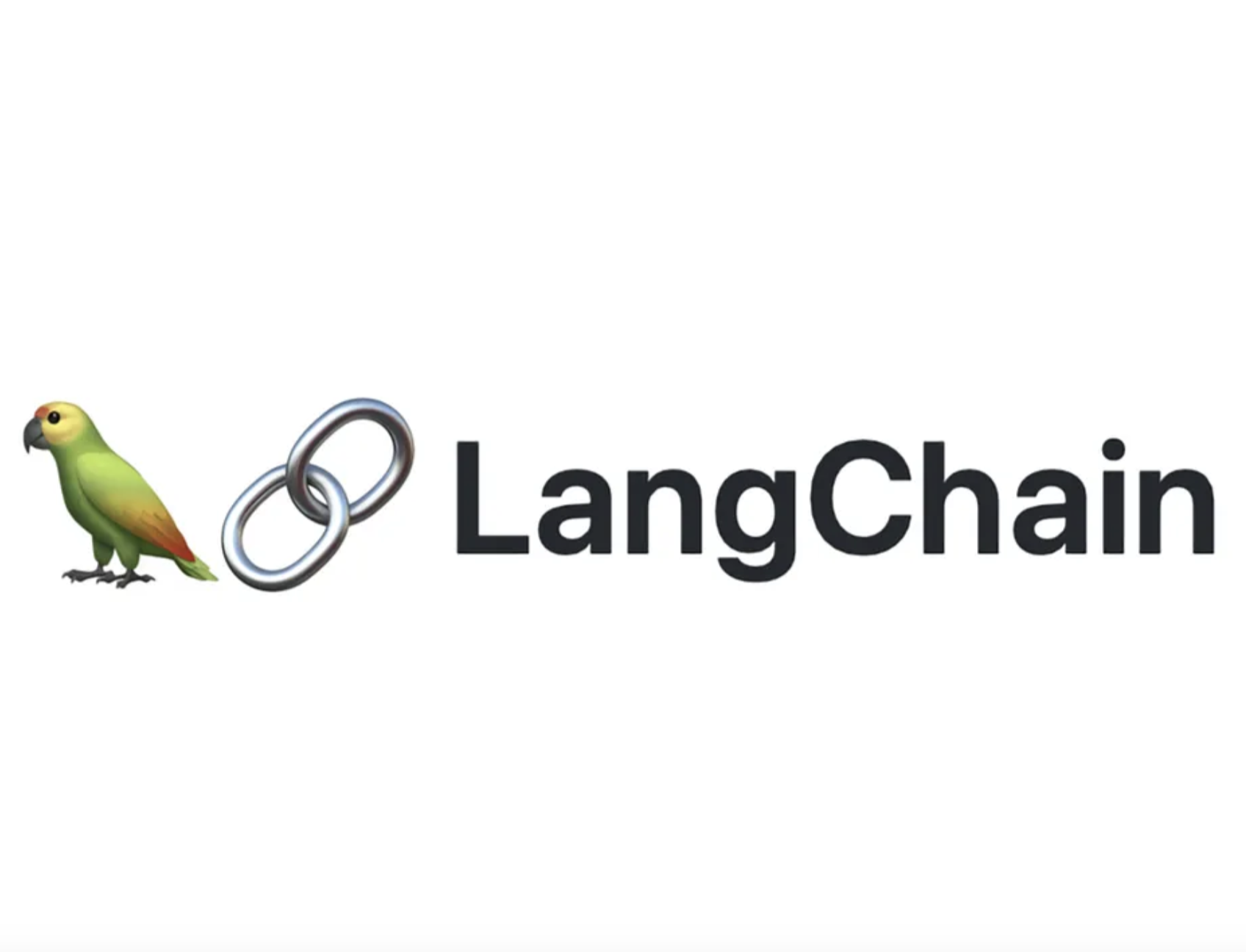
by Joche Ojeda | Jan 7, 2024 | A.I
Introduction
In the ever-evolving landscape of artificial intelligence, LangChain has emerged as a pivotal framework for harnessing the capabilities of large language models like GPT-3. This article delves into what LangChain is, its historical development, its applications, and concludes with its potential future impact.
What is LangChain?
LangChain is a software framework designed to facilitate the integration and application of advanced language models in various computational tasks. Developed by Shawn Presser, it stands as a testament to the growing need for accessible and versatile tools in the realm of AI and natural language processing (NLP). LangChain’s primary aim is to provide a modular and scalable environment where developers can easily implement and customize language models for a wide range of applications.
Historical Development
The Advent of Large Language Models
The genesis of LangChain is closely linked to the emergence of large language models. With the introduction of models like GPT-3 by OpenAI, the AI community witnessed a significant leap in the ability of machines to understand and generate human-like text.
Shawn Presser and LangChain
Recognizing the potential of these models, Shawn Presser embarked on developing a framework that would simplify their integration into practical applications. His vision led to the creation of LangChain, which he open-sourced to encourage community-driven development and innovation.
Applications
LangChain has found a wide array of applications, thanks to its versatile nature:
- Customer Service: By powering chatbots with nuanced and context-aware responses, LangChain enhances customer interaction and satisfaction.
- Content Creation: The framework assists in generating diverse forms of written content, from articles to scripts, offering tools for creativity and efficiency.
- Data Analysis: LangChain can analyze large volumes of text, providing insights and summaries, which are invaluable in research and business intelligence.
Conclusion
The story of LangChain is not just about a software framework; it’s about the democratization of AI technology. By making powerful language models more accessible and easier to integrate, LangChain is paving the way for a future where AI can be more effectively harnessed across various sectors. Its continued development and the growing community around it suggest a future rich with innovative applications, making LangChain a key player in the unfolding narrative of AI’s role in our world.

by Joche Ojeda | Dec 17, 2023 | A.I
In the world of machine learning (ML) and artificial intelligence (AI), “embeddings” refer to dense, low-dimensional, yet informative representations of high-dimensional data.
These representations are used to capture the essence of the data in a form that is more manageable for various ML tasks. Here’s a more detailed explanation:
What are Embeddings?
Definition: Embeddings are a way to transform high-dimensional data (like text, images, or sound) into a lower-dimensional space. This transformation aims to preserve relevant properties of the original data, such as semantic or contextual relationships.
Purpose: They are especially useful in natural language processing (NLP), where words, sentences, or even entire documents are converted into vectors in a continuous vector space. This enables the ML models to understand and process textual data more effectively, capturing nuances like similarity, context, and even analogies.
Creating Embeddings
Word Embeddings: For text, embeddings are typically created using models like Word2Vec, GloVe, or FastText. These models are trained on large text corpora and learn to represent words as vectors in a way that captures their semantic meaning.
Image and Audio Embeddings: For images and audio, embeddings are usually generated using deep learning models like convolutional neural networks (CNNs). These networks learn to encode the visual or auditory features of the input into a compact vector.
Training Process: Training an embedding model involves feeding it a large amount of data so that it learns a dense representation of the inputs. The model adjusts its parameters to minimize the difference between the embeddings of similar items and maximize the difference between embeddings of dissimilar items.
Differences in Embeddings Across Models
Dimensionality and Structure: Different models produce embeddings of different sizes and structures. For instance, Word2Vec might produce 300-dimensional vectors, while a CNN for image processing might output a 2048-dimensional vector.
Captured Information: The information captured in embeddings varies based on the model and training data. For example, text embeddings might capture semantic meaning, while image embeddings capture visual features.
Model-Specific Characteristics: Each embedding model has its unique way of understanding and encoding information. For instance, BERT (a language model) generates context-dependent embeddings, meaning the same word can have different embeddings based on its context in a sentence.
Transfer Learning and Fine-tuning: Pre-trained embeddings can be used in various tasks as a starting point (transfer learning). These embeddings can also be fine-tuned on specific tasks to better suit the needs of a particular application.
Conclusion
In summary, embeddings are a fundamental concept in ML and AI, enabling models to work efficiently with complex and high-dimensional data. The specific characteristics of embeddings vary based on the model used, the data it was trained on, and the task at hand. Understanding and creating embeddings is a crucial skill in AI, as it directly impacts the performance and capabilities of the models.

